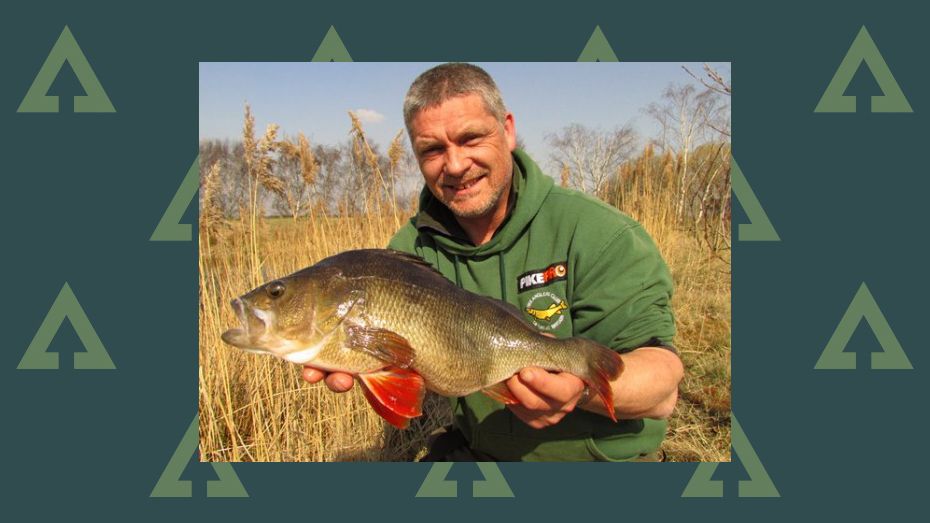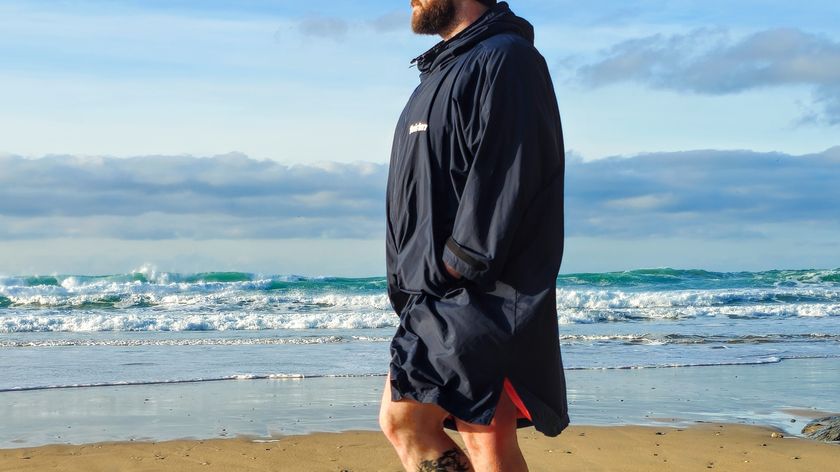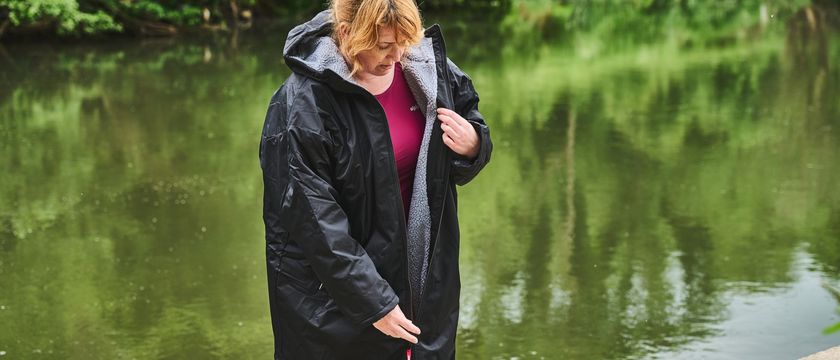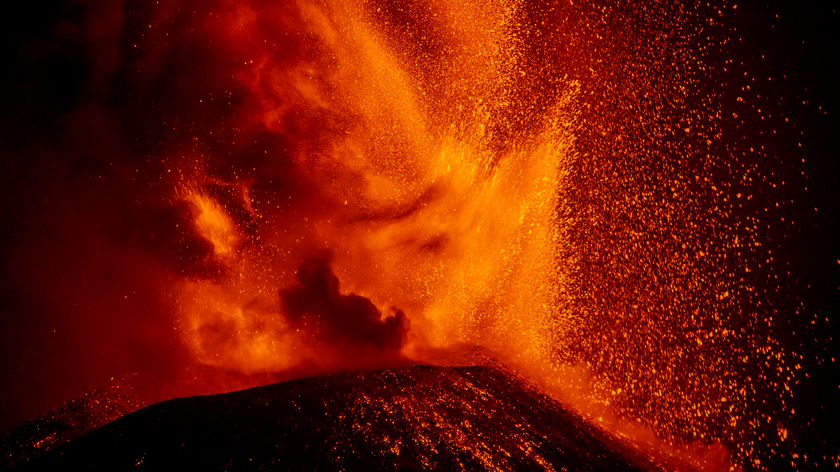Warm weather pike fishing advice
Follow our tips while pike fishing and you'll get great results in the height of summer

Welcome to Advnture, the new home of AnglersMail.co.uk
Alan Dudhill offers warm weather pike fishing advice...
Most dedicated pikers only target pike from October to March, this being the traditional pike season. This gives the pike a break for spawning but also reduces the stress caused after a hard fight in warm water, where oxygen levels are low.
Pike are also more active in the warmer months and when they decide to feed they often go into a frenzy and will snaffle down dead and live baits very quickly. This will inevitably result in deeply hooked and often, damaged fish.
Lure fishing offers a much more fish-friendly alternative but is also one of the most successful and exciting methods for catching big summer pike.

Gassed-up pike…
Pike caught in warm weather are at risk of becoming stressed but the risks can be greatly reduced by understanding what causes this and by following a few simple rules.
Advnture Newsletter
All the latest inspiration, tips and guides to help you plan your next Advnture!
The term ‘gassed-up’ basically means that the pike is full of excess gas when landed. This is something, which I’ve found to be a very rare occurrence but the consequences can be fatal for the fish.
There are three main signs that a pike may be gassed-up. The two most obvious signs may be visible during playing and landing, the pike may be emitting bubbles or its body may be obviously inflated.
The third sign can sometimes be less obvious until it comes to releasing the fish, that is, that it cannot maintain its balance in the water.
A pike may show signs of distress by wallowing on the surface or go belly-up and unable to recover it’s upright position in the water. It may also be unable to dive and so pops straight back up to the surface and onto its side. If in doubt, the pike should always be treated as if it may be gassed-up.
So what causes this excess gas? The simple answer is, we are not 100% sure but leading experts such as Neville Fickling and Dr Bruno Broughton have studied this subject closely and their findings are probably not far off the mark.
Their full conclusions are shown on the PAC website but the basics are as follows; Fish being brought up from deep water have been seen to be blowing bubbles, which suggests that the pike is capable of expelling excess gasses from the swim bladder. Sometimes, they don’t seem to be able to do this, causing the gasses to build up inside them.
These gasses are thought to be related to the build up of lactic acid, produced as the fish is exerting itself during the fight and exhaustion. The problem is made worse by a prolonged fight, keeping the fish out of the water too long, high water temperatures and low oxygen levels.
How do we minimise the risk? Firstly, using the right tackle helps to enable the pike to be landed as quickly as possible, thus reducing the length of fight and release of lactic acid. 15lb mono (30lb braid) and minimum 2.5lb test curve rods, strong knots and quality traces & hooks should be used.
Unhook and return the fish to the water as quickly as possible. If taking photos, have the camera set up ready and hold the fish in the landing net (in the water) in-between unhooking and photographing. If the fish is showing any signs of distress, forget the photographs and return the fish immediately. Returning the fish safely is the priority, that way you always have the chance of catching it again another day.

Remember, this hardy, tough predator is one of the most fragile of fish when it comes to catching and handling.
What to do if you suspect a pike is gassed up? Don’t release it un-aided, the chances are it will go belly-up in front of you and out of reach and you’ll be unable to help it.
Take the fish to a shallow area and hold it, head-up-stream until it feels strong enough to have made a full recovery. In extreme cases it may be necessary to ‘peg-out’ the fish using bank sticks, carefully placed along its side to prevent it from going belly-up. The fish is left in this position for as long as it takes to recover.
A ‘pike tube’ is the safest way of retaining a pike. These are designed specifically for pike and are more square and rigid in design than ‘carp sacks’. They also allow for a better free-flow of water through the tube to increase oxygen levels for the fish to aid recovery. In any event, the pike should never be left unattended.
I have rarely had a gassed-up pike and so rarely found the need to use a pike tube, favouring the more personal approach of holding the pike for as long as it takes to recover. However, a pike could take anything from a few minutes to a few hours to recover fully so I consider a tube an essential piece of kit for any serious pike angler.
Pike should only be retained if absolutely necessary and for the shortest time possible. Never retain a pike for photographing later. When you come to remove it for the camera, it will be fighting fit, more difficult to control and unlikely to cooperate.

Lure traces…
When using lures the pike may hit the lure (a passing easy meal) with great speed and more than a little aggression. Their razor sharp teeth will easily cut through mono, fluorocarbon or weak traces. If this happens the pike will be left with the lure in it’s mouth and may not be able to feed or may become tethered to a snag.
With some of the cheaper tackle on the market it’s easy to be tempted to buy a cheap trace. There’s a reason why these are cheap, they’re made up of weaker wire and components and are unlikely to be up to the job. Using sub-standard traces will lead to the loss of fish and will probably kill a few along the way too.
Always use a quality trace made by a reputable company. These will be well made using 7-strand or multi-strand wire of min. 26lb breaking strain and strong swivels & snap links. They should also be a min. of 18 inches long.
You will pay a little more for quality but they will last much longer and won’t let you down. There are many good quality brands on the market and at very reasonable prices. I’d recommend you go for a reputable brand such as Pikepro, Pikemaster, Savage Gear, Fox or Middy.
So that’s enough for now on warm weather pike fishing. Next time I’ll give you some top tips – including actual lures to try so you will get action this summer!



